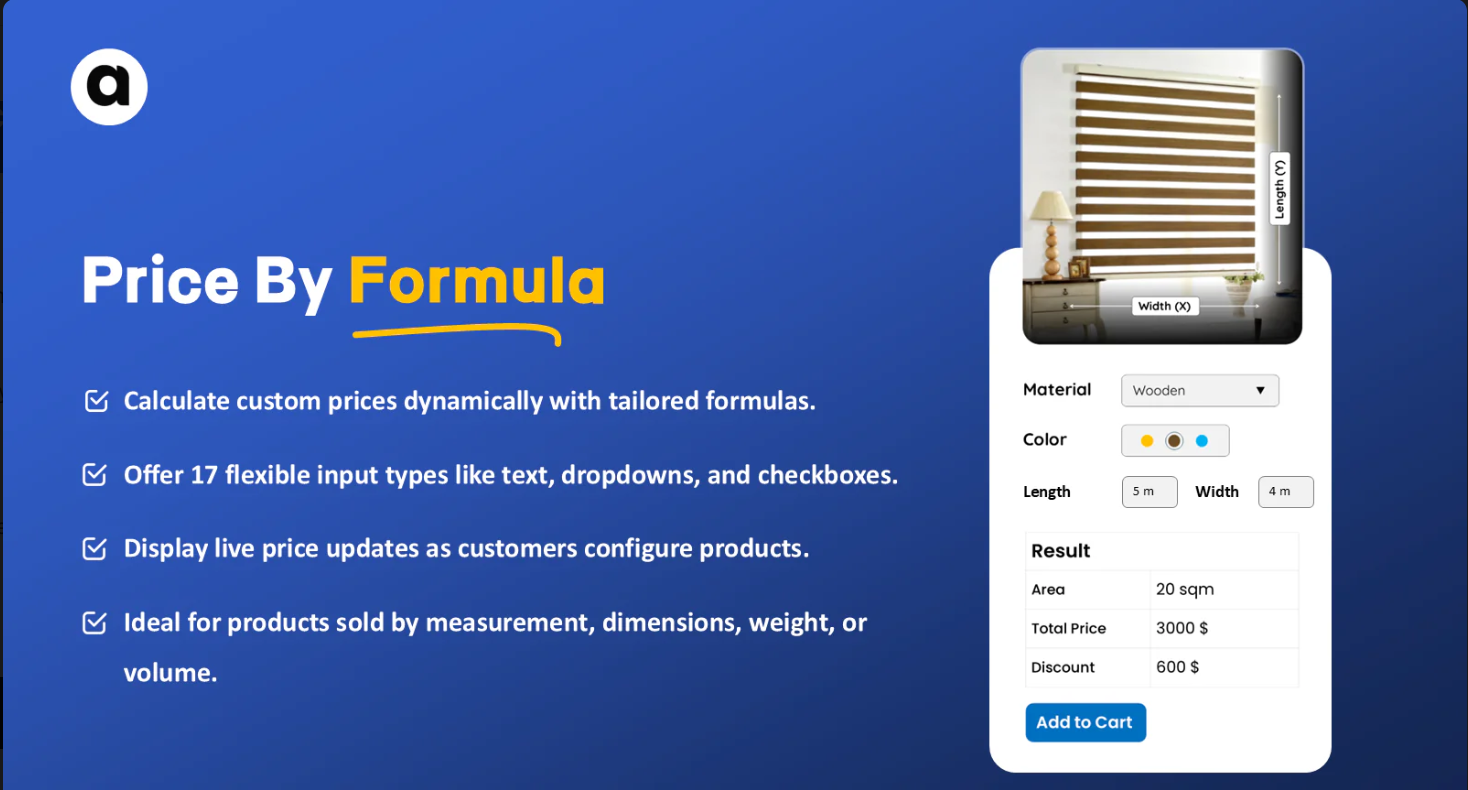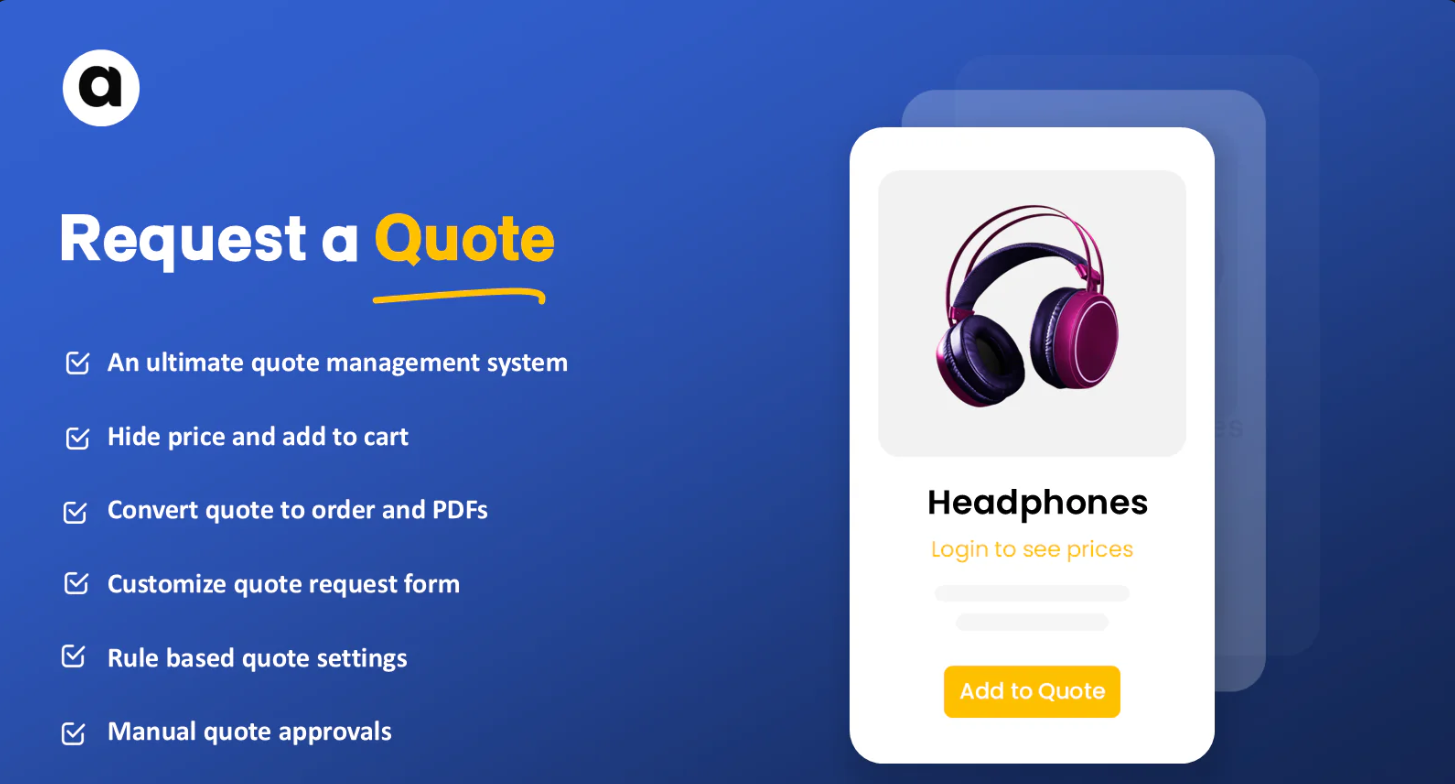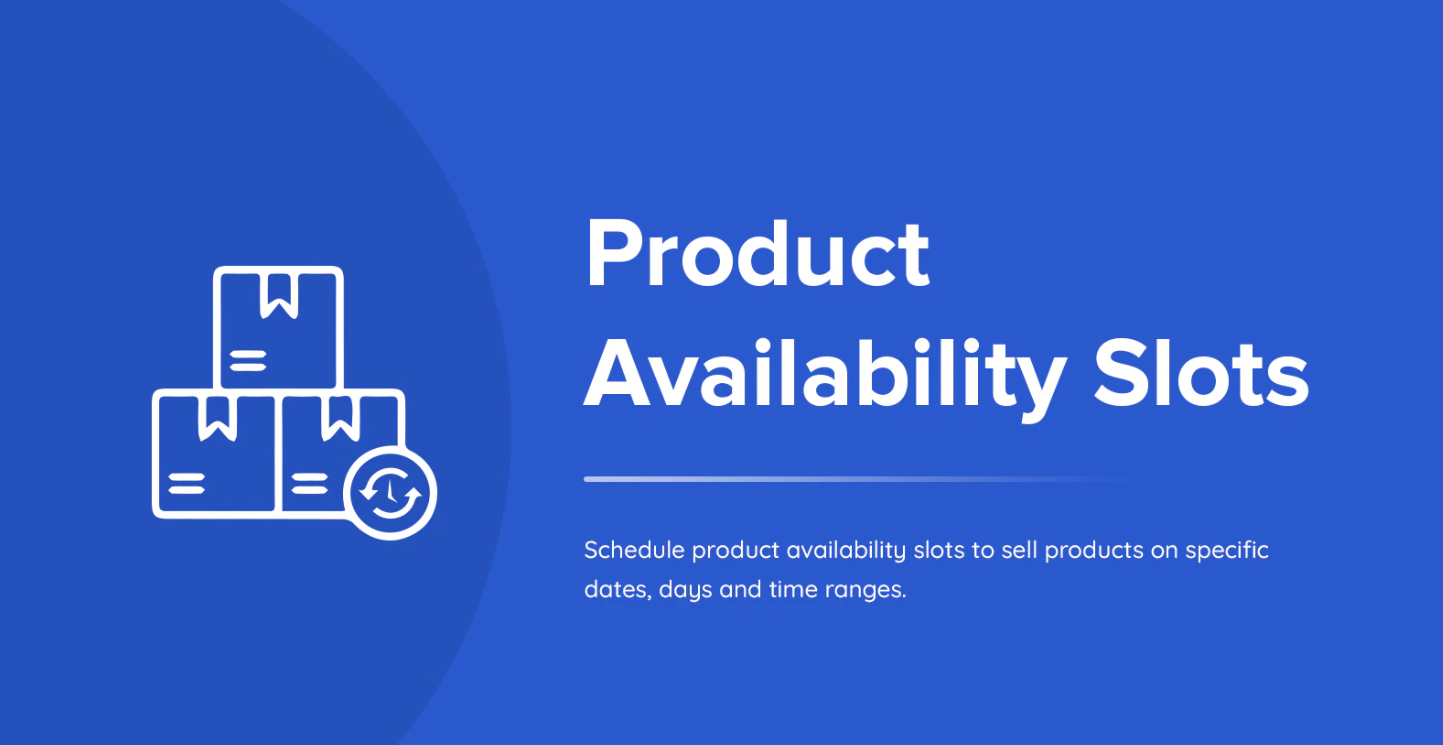Create Meaningful Interactions with Shopify Form Builder

Strong 8k brings an ultra-HD IPTV experience to your living room and your pocket.
Every interaction with a customer is a chance to build trust, offer value, and move closer to a sale. Yet, many Shopify store owners overlook one of the most powerful tools in their arsenal: forms. With a tool like the Shopify Form Builder by Addify apps, you can transform ordinary interactions into meaningful conversations, leading to better engagement, stronger relationships, and ultimately, higher conversions.
The Problem: Passive Engagement
Ecommerce stores often suffer from passive engagement. Visitors come to the site, browse products, and leave without a trace. Why? Because there’s no clear path for two-way communication. If your Shopify store only collects email addresses at checkout, you’re missing countless opportunities to understand your audience, gather feedback, qualify leads, and support customers before they convert.
That’s where a flexible, user-friendly form builder becomes essential. And not just any form builder — one that’s customizable, intelligent, and deeply integrated into your store’s ecosystem.
The Power of Shopify Form Builder
Shopify Form Builder apps allow you to create customized forms tailored to your unique business needs. Whether it’s a product inquiry form, a newsletter signup, or a B2B registration form, you can design interactions that actually serve both your customer and your business goals.
Here’s how Shopify Form Builder helps you create meaningful interactions:
1. Custom Forms for Unique Needs
Not every business is the same, and not every customer journey follows a simple path. Shopify Form Builder lets you create custom fields — dropdowns, checkboxes, multi-select options, file uploads — to capture exactly the information you need. Whether you're running a bakery that needs cake order specs or a print shop that needs file uploads, you can collect detailed, relevant input from your visitors.
Example: Add a product customization form right on your product page so customers can share their preferences before purchase — no emails or DMs needed.
These custom forms also help reduce order errors and back-and-forth communication. You get all the information up front, saving time and improving customer satisfaction.
2. Conversational Flow for Higher Engagement
Static forms can feel like a chore. But when you design a form with a natural, conversational flow — using logic, branching, and auto-responses — your visitors feel heard. Conditional logic ensures that your customers only see fields relevant to them, making the experience smoother and more personal.
Example: If a customer selects "Wholesale Inquiry," they’re guided to a different set of questions than someone requesting a simple product restock notification.
You can even automate follow-up emails or thank-you messages once the form is submitted, keeping your brand communication strong.
3. Lead Generation That Works
Lead forms don’t have to be boring or limited to newsletter pop-ups. With Shopify Form Builder, you can embed lead capture forms throughout your site: on landing pages, blog posts, or even within your product descriptions. Add enticing CTAs and integrate them with your email marketing platform to start nurturing leads right away.
Example: Offer a discount in exchange for filling out a short preferences form. You get lead data; your customer gets a coupon — win-win.
These forms can also segment your audience based on interests or behaviors, making future marketing more targeted and effective.
4. Better Customer Support, Right From the Start
Pre-sale questions, return requests, or post-purchase support forms help streamline customer service and reduce friction. A well-placed support form means fewer abandoned carts and more satisfied buyers.
Example: Create a “Need Help?” form that routes to your support inbox with the customer’s name, order number, and question already filled out. No back-and-forth emails. No confusion.
Forms can also direct customer inquiries to the right department, improving your internal efficiency.
5. Actionable Insights
The information you gather through your Shopify forms isn’t just for processing orders — it’s data you can use. Use form responses to improve your marketing campaigns, identify popular product features, or understand why some visitors aren’t converting.
Example: Add a short “Why didn’t you buy today?” exit form and use responses to inform future updates and campaigns.
Over time, this data helps shape your store’s content, product offerings, and customer support strategy — leading to smarter decisions.
Final Thoughts
Forms are more than just functional fields — they’re one of your best tools for creating meaningful interactions. With Shopify Form Builder, you don’t just collect data; you open a dialogue. You show your customers that you’re listening and that their input matters.
And in an age where personalized service is key to brand loyalty, those small gestures of interaction can make all the difference.
Note: IndiBlogHub features both user-submitted and editorial content. We do not verify third-party contributions. Read our Disclaimer and Privacy Policyfor details.







